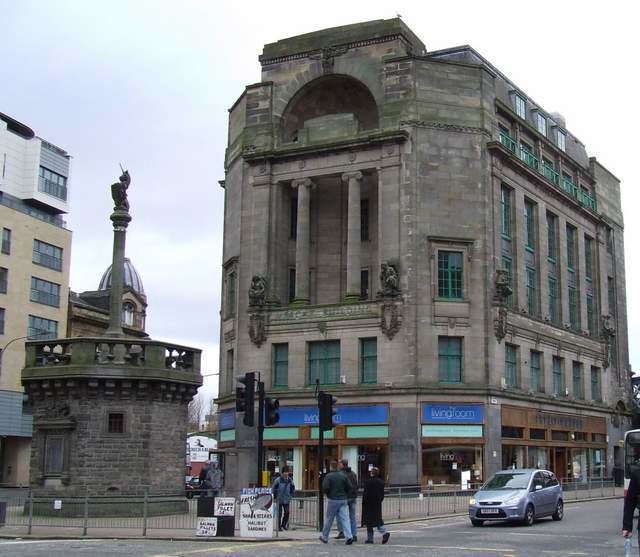Name Edith Hughes Role Architect | Died August 28, 1971 | |
 | ||
Edith Mary Wardlaw Burnet Hughes (7 July 1888 – 28 August 1971) was a Scottish architect, and is considered Britain's first practising woman architect, having established her own architecture firm in 1920.
Contents
Early life
Edith Burnet was born in Edinburgh, the daughter of George Wardlaw Burnet, an advocate, and the niece of the architect Sir John Burnet (1857–1938). Her grandmother Mary Crudelius who campaigned for women's education. She grew up in Aberdeen until her father's death in 1901, after which she was raised by her uncle. She travelled in Europe, studying art and architecture, and attending lectures at the Sorbonne, until around 1911, when she joined Gray's School of Art, Aberdeen. Initially studying garden design, she switched to architecture, and was awarded a diploma in 1914. The following year she was appointed a lecturer at the college. She briefly worked in the office of Jenkins and Marr, before marrying her former tutor, architect Thomas Harold Hughes (1887–1949), in 1918.
Career
Thomas and Edith Hughes were refused a place in Burnet's London office, partly because there was no female lavatory. However, the couple joined Burnet's Glasgow office, becoming partners in 1919. Disagreement with another partner led to both the Hughes departing the following year, to take up teaching at the Glasgow School of Art, where Edith later became head of architecture. She set up her own practice in Glasgow in 1920. In 1927, she became the first woman nominated for membership of the Royal Institute of British Architects (RIBA), the nominators including John Begg and her uncle, John Burnet. However, RIBA's legal advisers stated that she could not be elected, and RIBA remained an all-male institution until the election of Josephine Miller in 1938. She was similarly denied access to the Royal Incorporation of Architects in Scotland (RIAS). After the Second World War, Hughes re-established her practice in Edinburgh. She was elected an Honorary Fellow of the RIAS in 1968, but she retired from practice soon after and moved to Kippen, dying of pneumonia in Stirling in 1971. Thomas and Edith Hughes had three daughters, although they were not entirely happily married, and were separated after the Second World War.
Works
Her first commission was for the "Rutherford Memorial" in 1916, although the location and nature of this work are unknown. In her own work, she concentrated on domestic commissions, including many residential alterations, and specialised in kitchen design. Her public works included the Coatbridge War Memorial (1924), and the Glasgow Mercat Cross (1930), a replica of a medieval mercat cross located at Glasgow Cross. She carried out alterations to the Lady Artist's Club in Blythswood Square, Glasgow, and was responsible for the conversion of several Edinburgh townhouses into flats. She was engaged on works at St Mary's Episcopal Cathedral and Music School, Edinburgh, from 1956 to 1965. Her most important commissions for the Cathedral were the stone font, with its wrought iron cover, and a wrought iron screen to the Chapel of St Margaret of Scotland.
